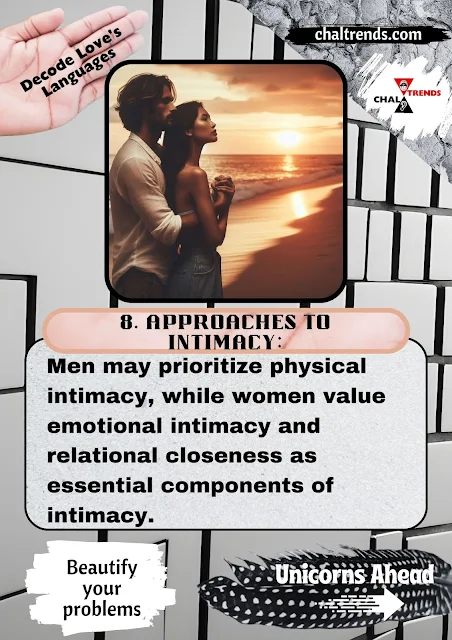Introduction
Gray suggests that men and women have distinct communication styles. Men tend to be more direct and problem-focused, while women often prefer indirect, emotionally expressive communication. This contrast can lead to misunderstandings and conflicts in relationships.
2. Emotional Needs:
According to Gray, men primarily seek appreciation, trust, acceptance, and encouragement in relationships, while women desire understanding, validation of feelings, respect, and reassurance. These differing emotional needs can lead to friction if not addressed effectively.
3. Problem-Solving Approaches:
Gray highlights that men typically adopt a solution-oriented approach when faced with problems, focusing on fixing issues directly. On the other hand, women often prefer discussing problems to gain emotional support and empathy before seeking solutions. This difference in problem-solving strategies can lead to frustration and tension.
4. Reactions to Stress:
Gray suggests that men tend to retreat into their "caves" when stressed, seeking solitude and time alone to process emotions. In contrast, women often seek connection and support from others when stressed, preferring to talk about their feelings. These divergent reactions to stress can cause misunderstandings if not recognized and accommodated.
5. Desire for Independence vs. Connection:
Gray discusses how men typically value independence and autonomy in relationships, needing space to pursue their interests and recharge. In contrast, women often prioritize emotional connection and intimacy, seeking closeness and shared experiences. Balancing these differing desires can be a challenge in relationships.
6. Response to Criticism:
Gray notes that men often respond defensively to criticism, viewing it as an attack on their competence or abilities. In contrast, women may be more sensitive to criticism, interpreting it as a reflection of their worth or value. Understanding these reactions can help couples communicate constructively and resolve conflicts effectively.
7. Handling Emotions:
Gray suggests that men tend to suppress emotions, especially vulnerable feelings such as fear or sadness, due to societal expectations of masculinity. Women, on the other hand, are often more comfortable expressing a wide range of emotions openly. Recognizing and accepting these differences can foster emotional intimacy and connection.
8. Approaches to Intimacy:
Finally, Gray discusses how men and women approach intimacy differently. Men may prioritize physical intimacy as a way to feel close and connected, while women often value emotional intimacy and relational closeness as essential components of intimacy. Understanding and meeting each other's intimacy needs can strengthen relationships.











.jpeg)





0 Comments